Online travel agencies are among the youngest players in the travel market. Since their appearance in the 90s, they flipped travel distribution, became hotels’ biggest enemies, and changed how people research, plan, and buy their trips. And they’re not planning to stop with new startups emerging every year and massive businesses growing even more.
Having worked with numerous travel businesses, we can boast that we know a thing or two about building and growing a successful online travel agency. Here we will talk about the ins and outs of the industry, from increasing your inventory to getting the right technology and staying ahead of the competition. But let’s start with the basics.
What is an Online Travel Agency? How OTAs work
An Online Travel Agency or OTA is a website (or app) specializing in selling travel services to customers. There are OTAs that offer hotel rooms, flights, rental cars, vacation homes, tours, or all of those at the same time. They basically are distributors for hotels, airlines, and tour companies that profit by taking a fee for each sale.
Here’s how it works.
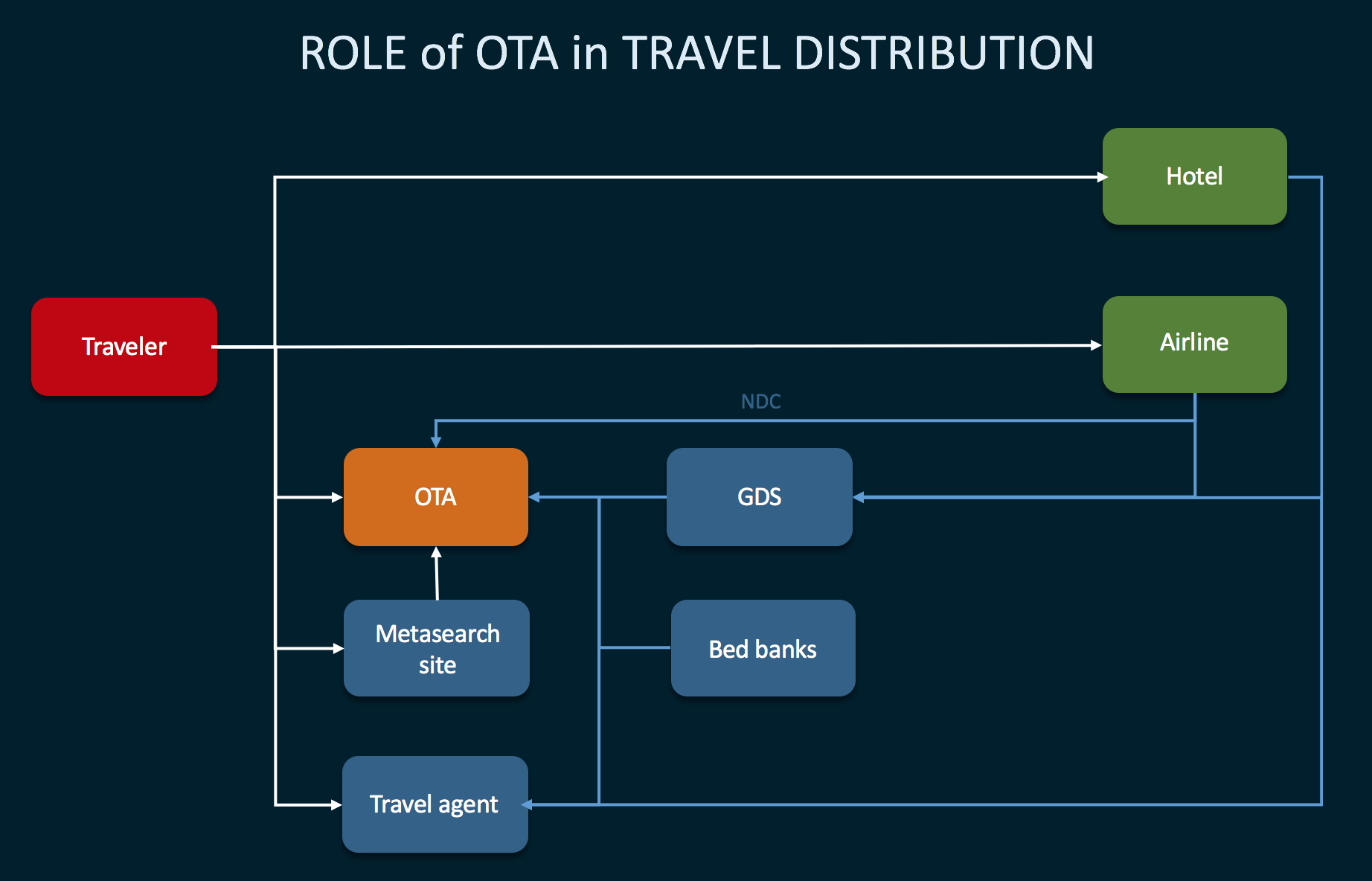
OTAs are intermediaries between customers and service providers. Travelers can go directly to the hotel’s or airline’s website but around 44 percent of people go to OTAs to compare prices and see the whole pool of options. OTAs compile their rich inventories by connecting to different partners via APIs - pieces of code facilitating the communication between different software systems. Who are those partners?
Hotels. There are different ways for hotels and OTAs to connect: via Extranet, a Channel Manager software, or API connecting with hotels’ Central Reservation Systems.
Bed banks or wholesalers. These industry players buy hotel rooms in bulk and sell them to OTAs, travel agents, or even airlines. Here’s more info on the largest bed banks and how OTAs can work with them.
Global Distribution Systems (GDSs). These computer networks dominate travel distribution and store inventories, schedules, and fares for all types of services: from hotels to ferries. Sabre, Amadeus and Travelport are the biggest and just about a necessity if you want to sell flight tickets. You can log into GDS terminals manually or set up an API connection.
Airlines via NDC connection. This fairly new way of distribution allows airlines to sell their inventory bypassing GDSs. We previously explained how NDC works in detail, but in short, you’ll need a separate software solution.
One more partner allows OTAs to promote their propositions - metasearch engines. Websites like Google Flights or Skyscanner aggregate different flight options. For many OTAs, this is the main source of traffic.


What is OTA?
Finding the best mix of providers and distributors to keep the prices low and the markup high is the main task for any OTA and how they essentially make a profit. To support that task, an OTA should work like a well-oiled machine. Let's turn our attention to the main elements that help that machine run.
Online Travel Agency building blocks and technology
OTAs are technology-focused businesses. And they appeal to today’s traveler more than traditional travel agents for this exact reason. Most operations in OTAs are automatic, and there are many systems responsible for that. We will cover three mechanisms running in the background of an OTA: its booking and commission engines, and the back office.
If you’re a visual learner, watch a series on YouTube from our Travel Technology Competence leader Andrey Chebotarov where he covers all of that.
Starting from the customer’s perspective first, let's talk about booking engines - the heart of an OTA that interacts with users on the front and runs all main OTA tasks in the back.
How a booking engine works
A travel booking engine is a software component that processes bookings automatically. That’s just the tip of the iceberg though. In fact, a booking engine is responsible for all the following functions in an OTA.


Booking engine in OTA
Integrating with suppliers. A booking engine connects to all your suppliers via the aforementioned travel APIs. An API allows you to ask suppliers for availability info and prices, make bookings, receive tickets, and more. A booking engine will receive the flight information and process it to display on the search results page exactly how you want it to.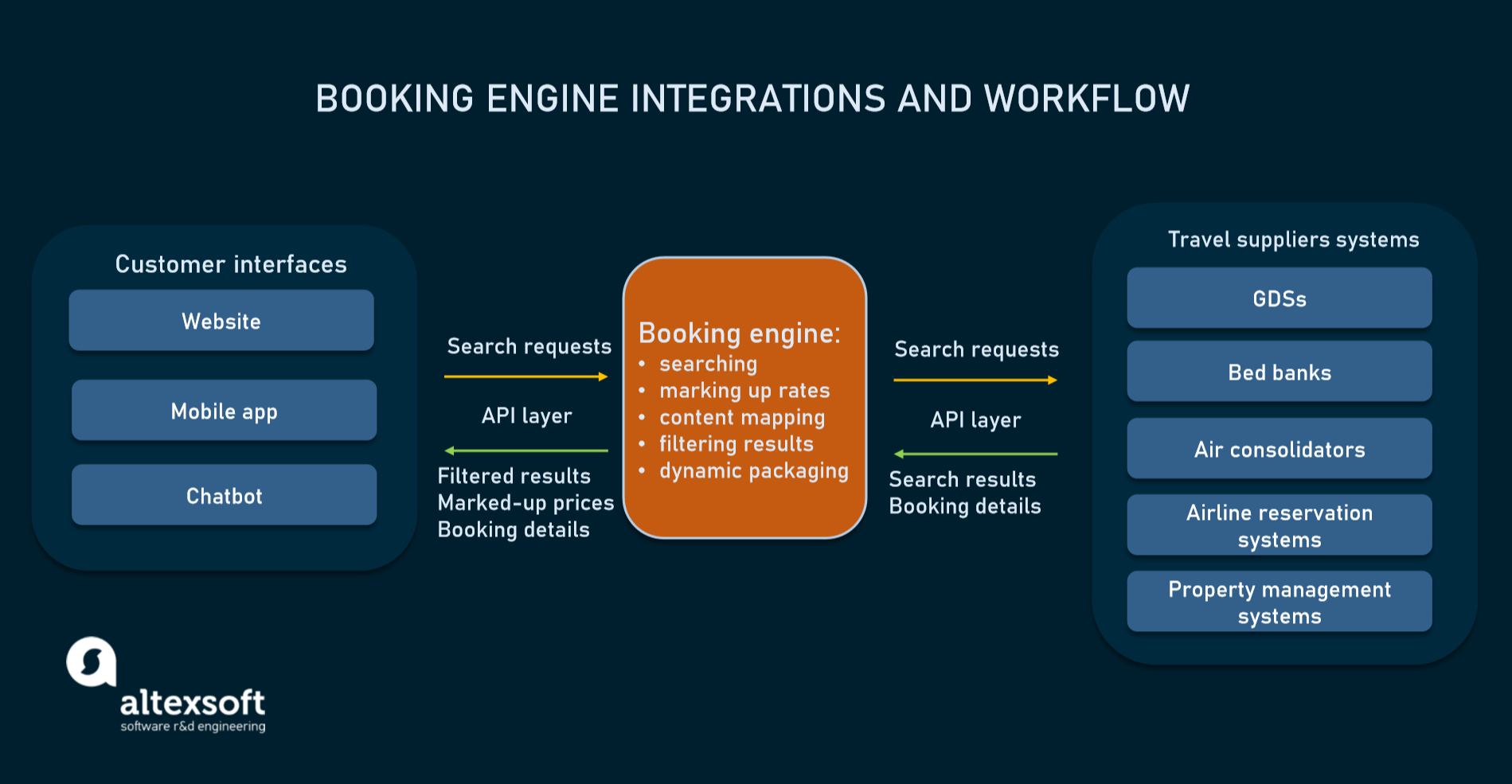
Search rules. A booking engine can be programmed to show search results in a manner that suits you best using search rules. Search rules dictate what products from what suppliers at what price and to what users to show. That and the pricing rules are crucial elements in creating travel personalization.
Pricing rules. Many OTAs practice dynamic pricing, meaning that the prices change depending on current demand, competition, season, suppliers, customer acquisition sources, and more. Pricing rules allow you to always choose the most profitable pricing considering all those factors.
Booking and ticketing flow. A booking flow is a set of steps leading customers from search to payment. Each supplier has their own booking flow, and your OTA has to adjust to them all, which is a difficult technical and UX task, managed by a booking engine.
Note: OTAs can do ticketing only if they’re accredited by IATA. Read how to get IATA accreditation and what the alternatives are in a separate article.
This must’ve given you a good enough idea of how the main OTA process - booking - works. Now, let’s talk about the system that helps OTAs generate profit - a commission engine.
How a commission engine works
A commission rules engine is a software component that automatically calculates commission and accordingly - the final price of the booking.
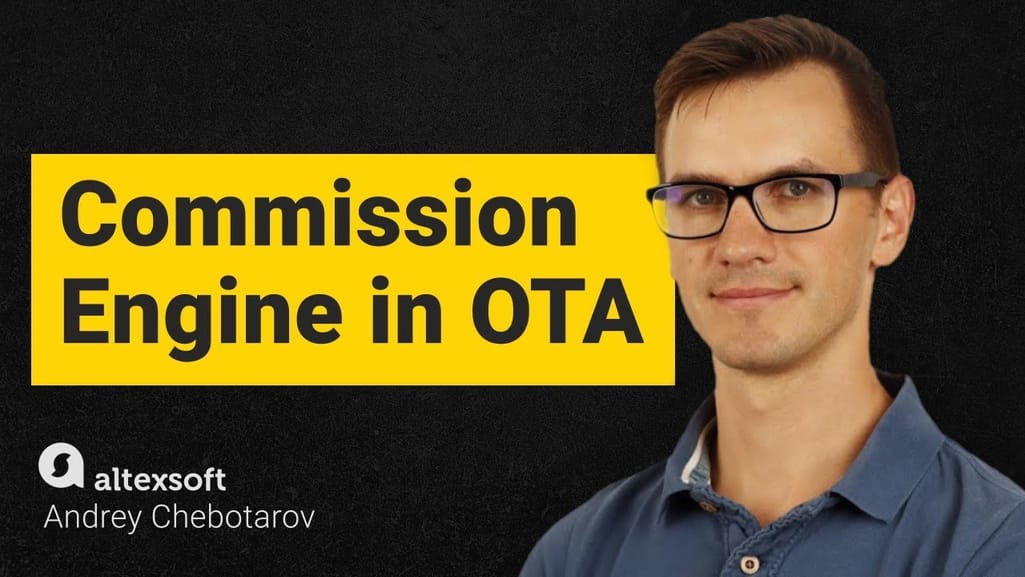

Watch Andrey’s explanation for a detailed look at commission engines
There are two types of commissions used at OTAs - flat fees and adjustable commissions. Flat rates are common but unhelpful for winning the competition. So OTAs write commission rules depending on different factors, namely:
Suppliers. If you got a particularly good rate from a supplier, you can set a lower commission, thus making a sale and keeping the margin high.
Dates and destinations. You can set a larger commission ahead of high season or a popular event when you know that the demand will go up.
Size of a deal. Customers with complex itineraries who bring more revenue than a regular traveler can get a discount. This is often a small price to pay for someone’s satisfaction and loyalty.
Traffic source. A common practice is to cut the commission for users on the metasearch website where you’re fighting with competitors for the lowest price, and vice versa - boosting it up for people coming directly to your website.
There are tons of factors and their combinations to include in commission rules. To learn the most successful combinations, OTAs can use analytics and tweak rules accordingly, or even automate the engine to always deliver you the best deals.
These were two major systems in an OTA, but we also want to briefly cover a few admin processes happening in the background in an OTA’s back office.
What goes into an OTA’s back office
An OTA’s back office is an infrastructure connecting different systems in the company, including the ones we described above. We have an article explaining how each process in an OTA’s back office works, so have a look there for details. But we will cover some basic functions here.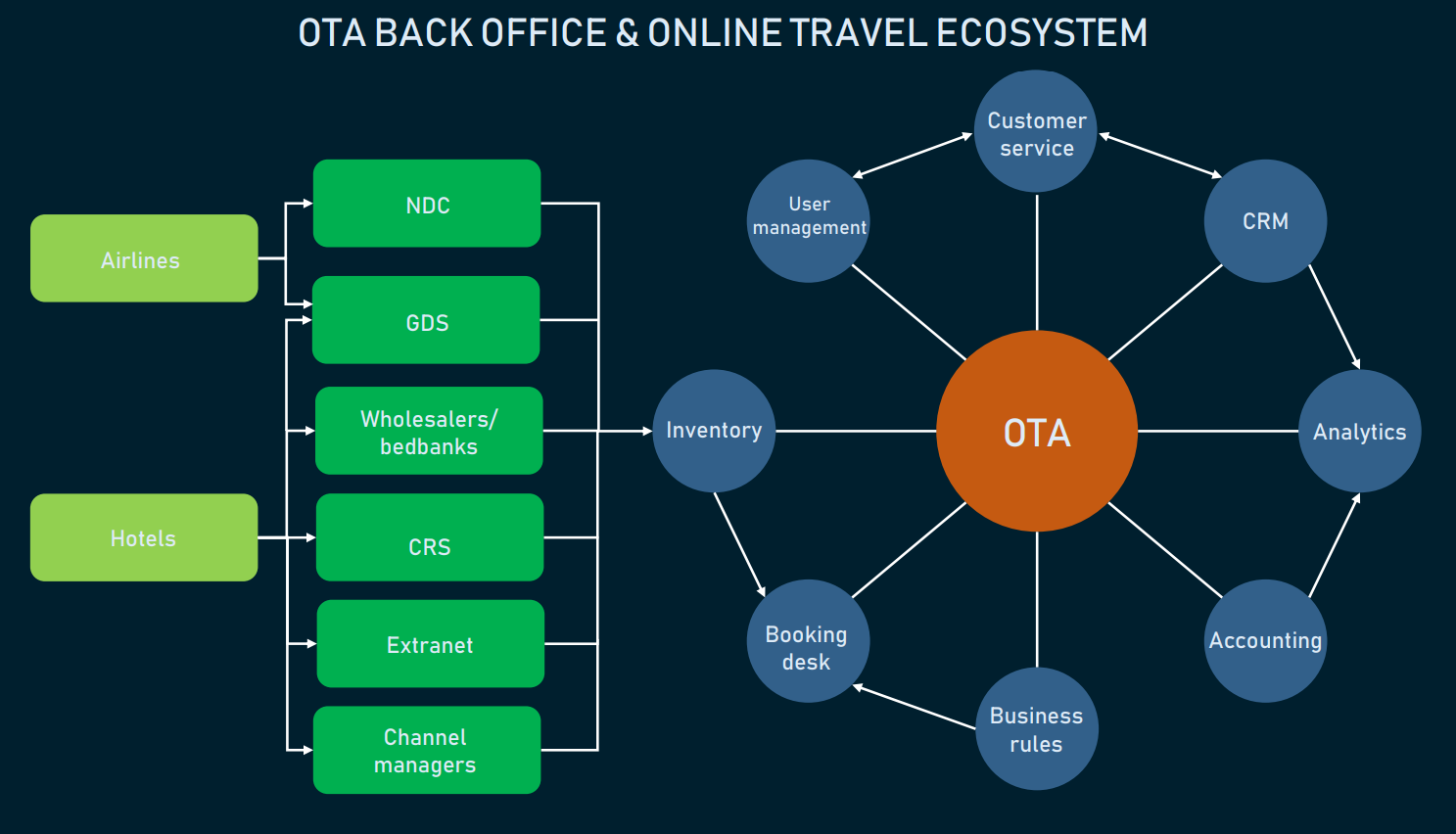
Booking desk. No OTA is fully automated. Many mid- and small-sized ones still rely on over-the-phone or offline bookings, even if customers come from the website. A booking desk is a tool for travel agents to view all bookings on a centralized platform, create custom travel packages, and book using more sophisticated ways, like accessing GDS terminals by hand.
Customer relationships and support. Just like with any eCommerce business, it’s typical for an OTA to have a CRM system to keep information about customers. It’s mostly used for marketing, which is the lion’s share of an OTA’s budget. Customer data allows for understanding your client segments better, targeting them with offers they will be interested in, and building trust and loyalty.


Post-booking customer support in OTA
Billing and payment processing. The topic of funds settlement often gets confusing, especially considering that the process is different for hotels and airlines, with many extra players joining in. When working with airlines, OTAs use software from industry regulators IATA or ARC. Hotels are often less complicated, but since you mostly get your inventory from third parties, the process requires some smart management and technical finesse.
Ideally, all these functions should be automated to allocate your time and human resources to growing the business rather than supporting it. But realistically, you want to automate at least one system to solve the most repetitive tasks.
How to grow an OTA and maintain a competitive edge
There are tons of OTAs in the world and about 70 percent of the market is shared between the two largest players: Expedia Group and Booking Holdings. Expedia Group owns such brands as Expedia, Orbitz, Travelocity, Trivago, and more. And Booking Holdings covers Booking.com, Priceline, Agoda, and Rentalcars. You can see the market distribution in detail in this handy infographic.
Despite a near oligopoly on the market, travel distribution remains a profitable business to start and run. Today, mid- and small-sized companies have all resources to thrive if they know what OTA success consists of. It’s one or a combination of these three things:
- Niche markets/demographics/regions. The more mainstream an OTA is, the less targeted it can be. Expedia and Booking.com can’t be oriented to every single region of the world, or traveler budget, or specific traveler taste. That’s why having done their research right, smaller businesses can find a niche to serve better than the giants do. Look at hostel-specific OTAs, local websites serving smaller European communities, or OTAs with rare connections to Destination Management Companies.
- Unique user experience. Traveler behavior changes all the time, which means that they have new needs and tastes that need to be satisfied. Tons of travel startups today offer interesting solutions to common problems - some offer subscription travel service, others allow monitoring prices or creating a full itinerary with minimum input from a customer. Unique ideas may take some advanced technological support, but it may benefit in the long run.
- Cheap prices. For 60 percent of travelers, the price remains the most important factor when choosing the itinerary, which means that customers choose a better deal over a brand name. Which is why the main competitive advantage your OTA should have is exclusive prices. Exclusive means previously negotiated with the supplier - not just pulled from the search result of a GDS.
We have a guide to building a marketing and pricing strategy for an OTA, but here are some main points.
Develop your partnerships
Even if you have the most advanced booking engine and a group of skilled agents to close the deals, the customers will leave you for OTAs where the price is simply lower. When connecting to bed banks and GDSs, every agency gets the same list of rooms, flights, and prices, so you have to start by negotiating the best rates with your main suppliers. For example, if your niche is family vacations in Greece, you should research airlines that fly there the most and find a wholesaler with the largest inventory of all-inclusive hotels in the Balkans. You get the idea.
Win the competition on metasearch sites
Remember how we said that metasearch sites like Skyscanner or Kayak bring a ton of traffic? That, of course, works if your OTA stays on top of the price results. This is done using three practices.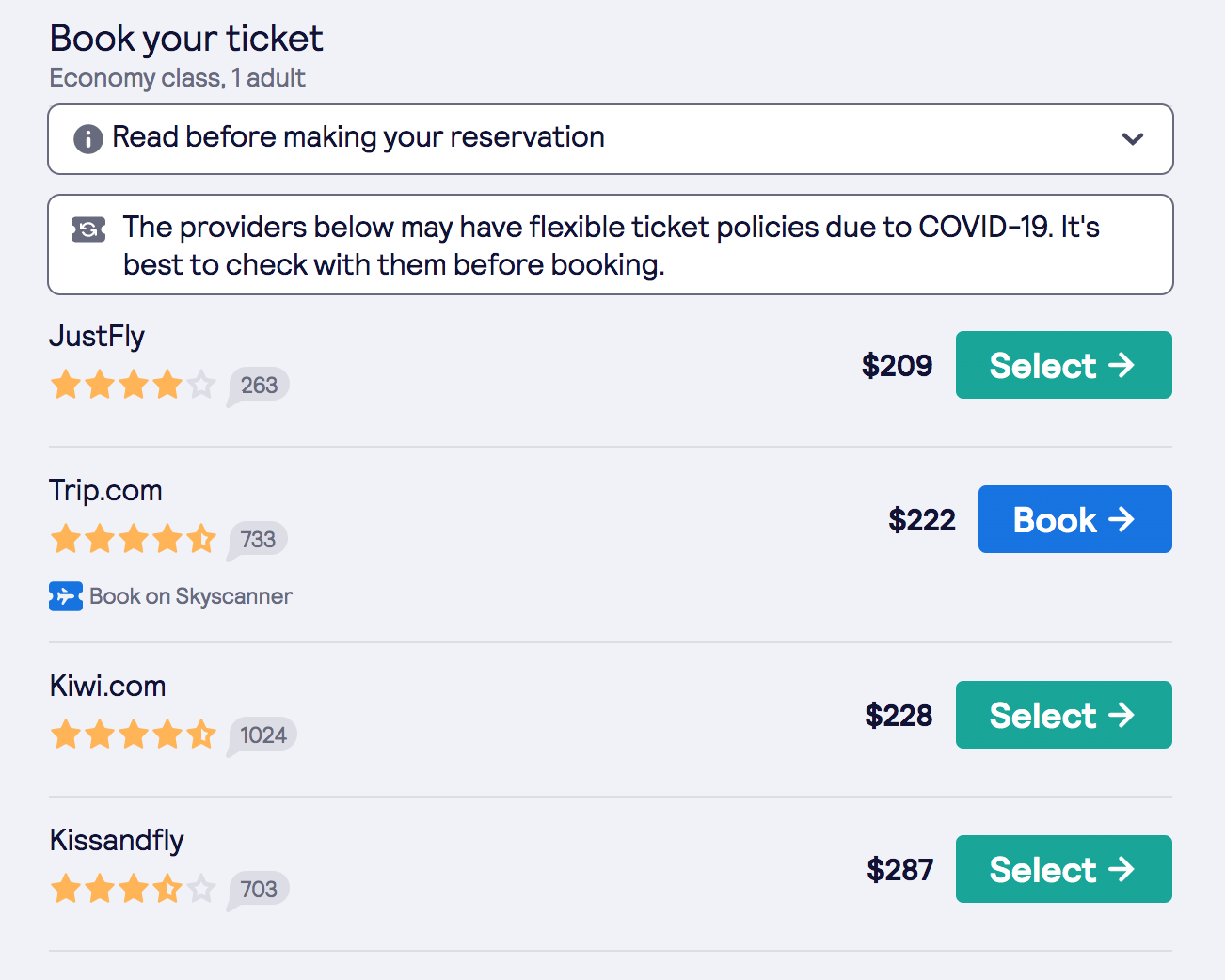
Using acquisition analytics. To know what to promote, you need to know what already performs well and what (and why) doesn’t. The conversion rate is your main indicator that visitors chose a better deal over yours. Learn where it happened by looking at acquisition channels.
Using metasearch analytics. Metasearch engines sell reports listing information on their search data, number of competitors (called bidders), and stats sorted by tons of different factors. This is an invaluable source of information to help you better target your offers.
Understanding your engines. You will use a few metasearch sites to distribute and they’re rarely the same. Look into their demographics the same way you would consider suppliers.
Advertise and use content marketing
OTAs like Expedia use up to 50 percent of their revenue on marketing. They want to appear on your Facebook feed, remind you about your latest searches in emails, and create viral ads. Trivago’s tagline and pushy sales strategy even birthed a few memes.
Get smart with your SEO and landing pages, focusing on keywords that your audience uses in their searches. Deliver useful content that will bring traffic and put you higher on the search page. And use Google ads, which are totally effective if you use specific keywords.
A few final pieces of advice
If you know the right formula and keep iterating, you will succeed. But we won’t lie - there are many challenges in this industry that OTAs face.
The coronavirus crisis. The future of the travel industry is still unclear and all players are struggling to stay afloat and find new revenue streams. Joining the market right now is dangerous if you don’t have a strategy for working in the current climate. Some businesses, however, have opportunities to grow - smaller OTAs have a chance to offer more localized travel options to address current customer needs.
Here's the take on the future of OTAs by our travel tech competence leader, Andrey:


The future of OTAs
Invisibility. OTAs should be ready to invest a lot in marketing and promotion. And often, there’s no clear way to what suits your business and customers best. This means analytics that will help you understand what works and what doesn’t are a must. Which brings us to the next point.
Technology. Digital distribution thrives on technology. The most successful companies are tech giants with complex booking platforms. Smaller businesses succeed when they have either a digital infrastructure that allows them to work more effectively than competitors or unique customer-facing technology that makes travel shopping better. Whichever route you choose, make sure to invest in great custom technology.

Maryna is a passionate writer with a talent for simplifying complex topics for readers of all backgrounds. With 7 years of experience writing about travel technology, she is well-versed in the field. Outside of her professional writing, she enjoys reading, video games, and fashion.
Want to write an article for our blog? Read our requirements and guidelines to become a contributor.

